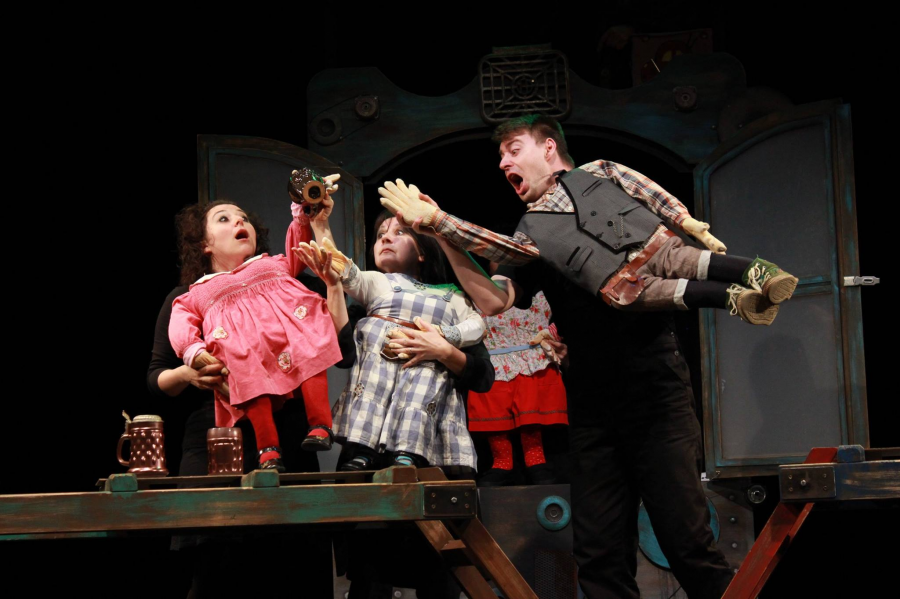
News / Lilliput Company 2017.05.02
Interview with Róbert Hanyecz Debelka
Lilliput Company is getting ready for a new premiere. On 7 May, at 5 pm, on the big stage of Arcadia Theatre, the play Furka Pista and the Dragon. In our interview, we asked the play's director, Róbert Hanyecz Debelka, about the performance.
-At first there was Farmer Giles of Ham by J.R.R. Tolkien. How did Furka Pista and the Dragon come to be?
-H.D.R.: Yes, at the beginning of the season, this was our intention, but so many things have happened since that I don't know if we should even talk about it. I have been thinking of putting Farmer Giles of Ham to the stage for decades now. At the end, it didn't come to be, but that's okay, because that's why we started on our journey towards the play we are about to present to our audience. I asked Zoltán Dió to do the scenography, and have also started working with designer Judit Komlódi when it became apparent that it was extremely hard to put one of Tolkien's works to the stage. So we decided to do another play, I contacted author Attila Szabó, who wrote Furka Pista and the Dragon just for us.
From the very beginning I intended to speak the language of fantasy. If we were going to create a world, we couldn't do that without an origin story, which is how the mythological background was born. We decided to look no further than our own culture. Why not create a more or less “local fantasy” world? This is why there are no elves, trolls or goblins in the story. There are however several characters that reflect the behaviours of figures from our own folklore. The text itself is rustic, sublime, untranslatable, and even if we don't always understand it at first, we will surely feel how familiar it spunds.
-Tell us about the scenery and the music.
-H.D.R.: To evoke the fictive past and the plot's present at the same time, we use multifunctional sets that hold many layers of interpretation. Using shadowplay was almost self-evident, whereas the projections and effects are the work of Tünde Bodoni-Dombi. The music was composed in parallel with the creation of the set design. Adalbert Haraji's compositions are rock songs on a folk base, and the music was recorded by him, Róbert Csepei, Imre Varga, and myself. The puppets we use are special in the sense that they only have a body, the face and the head is that of the puppeteer's, in an exciting mixed technique.
-What about the fact that you have worked as a director for this performance, although you are a acting member of the company. How did it go?
-H.D.R.: Wonderfully. It was no surprise that I was able to communicate very well with the performers – after all, we have been colleagues for about twenty years. I also feel that this project became a common cause for us, which is wonderful.
